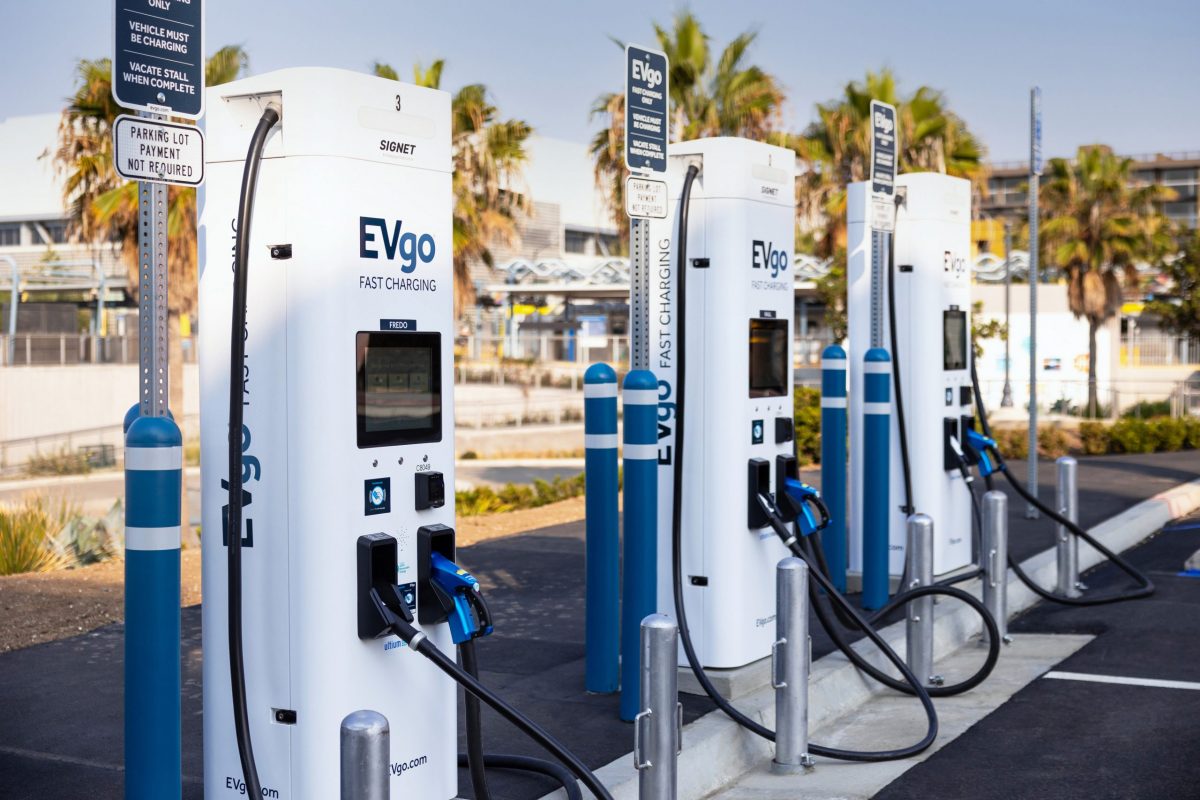When considering the future of autonomous vehicles, trucks are rarely the first type of vehicle to spring to mind. However, many commercial vehicle OEMs have been making progress or at least outlining predictions on when they think truck autonomy will be a possibility for their businesses.
Not only do proponents of autonomous trucks believe they will improve the safety of truck fleets, but they will also enable fleets to be more fuel efficient, meaning fewer strains on the engine as a result of potentially uneconomical human driving.
Senior Expert Business Analyst within Connected Services at Scania, Fredrik Callenryd will be speaking in the Freight Efficiency stream at Automotive Megatrends Europe 2014 and recently spoke to Automotive World regarding Scania’s recent and future developments in freight efficiency and how the OEMs’ telematics and fleet management services contribute to Scania’s overall efficiency contributions. He also offered some thoughts on possible commercial vehicle autonomy in the future.
More trucks, more connectivity
The explosion of connected trucks is becoming a reality for not just Scania, but for today’s truck industry, which faces fundamental shifts in business models and uncertainty about the best paths to navigate the future.
In May 2014, Scania had 70,922 connected trucks, and expects to sell 120,000 trucks globally by 2020. Given the growth in Scania sales plans to 2020, Callenryd highlighted that the percentage of connected trucks is therefore expected to grow over that time at an even faster rate.
Callenryd said, “What we see now is a tremendous growth based on the fact that in 2011 we decided that telematics is something for everyone. We fit it standard in our trucks and in the last three years we have rolled it out on our global markets. Now telematics services are available in almost all markets with a few exceptions. The growth of connected trucks will only continue very fast in percentage over the coming years, and the forecast growth in sales numbers will also affect this. The percentage of connected trucks will be basically in line with our vehicle sales.”

Telematics to improve efficiency
Whether coasting, heavy braking or idling, Scania believes that driver performance can be improved by telematics, saving fleets up to 10% in fuel economy. Scania’s fleet management services and monitoring packages are now factory fitted in all new Scania trucks.
Scania offers fleet management to allow fleet owners to keep track of their fleet, and track data to spot deviations in real time, allowing overviews of fleets in weekly email reports. Data for each truck is broken down into categories, giving fleet management the ability to compare driver performance.
Callenryd explained, “With our telematics, we can deliver not only a vehicle, but a comprehensive solution including services that contribute to customer profitability, by reducing cost, and improving earnings. This is done with services such as Driver CoachingRemote Diagnostics. Customers using this realise there is a lot they can do to help their business.”
Callenryd also explained the other aspects that can be gained from improving fuel economy and using telematics, such as improving the safety and efficiency of the drivers. He said, “Our solutions work towards training the drivers to drive safety and be more fuel aware, resulting in less wear and tear on the vehicle.”
Ecolution
Callenryd also mentioned Scania’s Ecolution telematics service, which offers driver training coaching and special maintenance, aiming to improve a fleet’s fuel economy.
Scania launched ‘Ecolution by Scania’ package August 2012, and by early 2014 it had almost 4,000 users. Callenryd explained that the OEM is expecting far more growth in the future, and said, “This package is all about creating awareness in the organisation about reducing fuel consumption and it’s a win-win situation for us and the customers.”
Self-driving trucks
Many OEMs have been working on self-driving trucks, and Daimler has recently announced a bid to debut self-driving trucks by 2025.
Callenryd predicted, “Autonomous trucks are something that will happen, possibly faster than we thought a few years ago. I attended a conference in Helsinki earlier this year. Two years ago, autonomous drive was discussed in coffee breaks as something very futuristic. This year, it was a main agenda point that came through a lot of presentations. A lot of research and development has now been put into place to make it happen.”
Callenryd also discussed possible barriers in the way of autonomous developments in the commercial vehicle sector, and suggested that the main barrier is a paid driver. He said, “In order to actually benefit self driving trucks you need to be able to remove the driver, but this needs to be combined with more flexible regulations and legal demands on how you can drive. Today there are very strict driving and resting hours from the European Union, which make it very hard to put autonomous drive principles in place. This will slow down the roll out, and legal barriers will create slower implementation of autonomous driving in the commercial sector.”
Rachel Boagey



